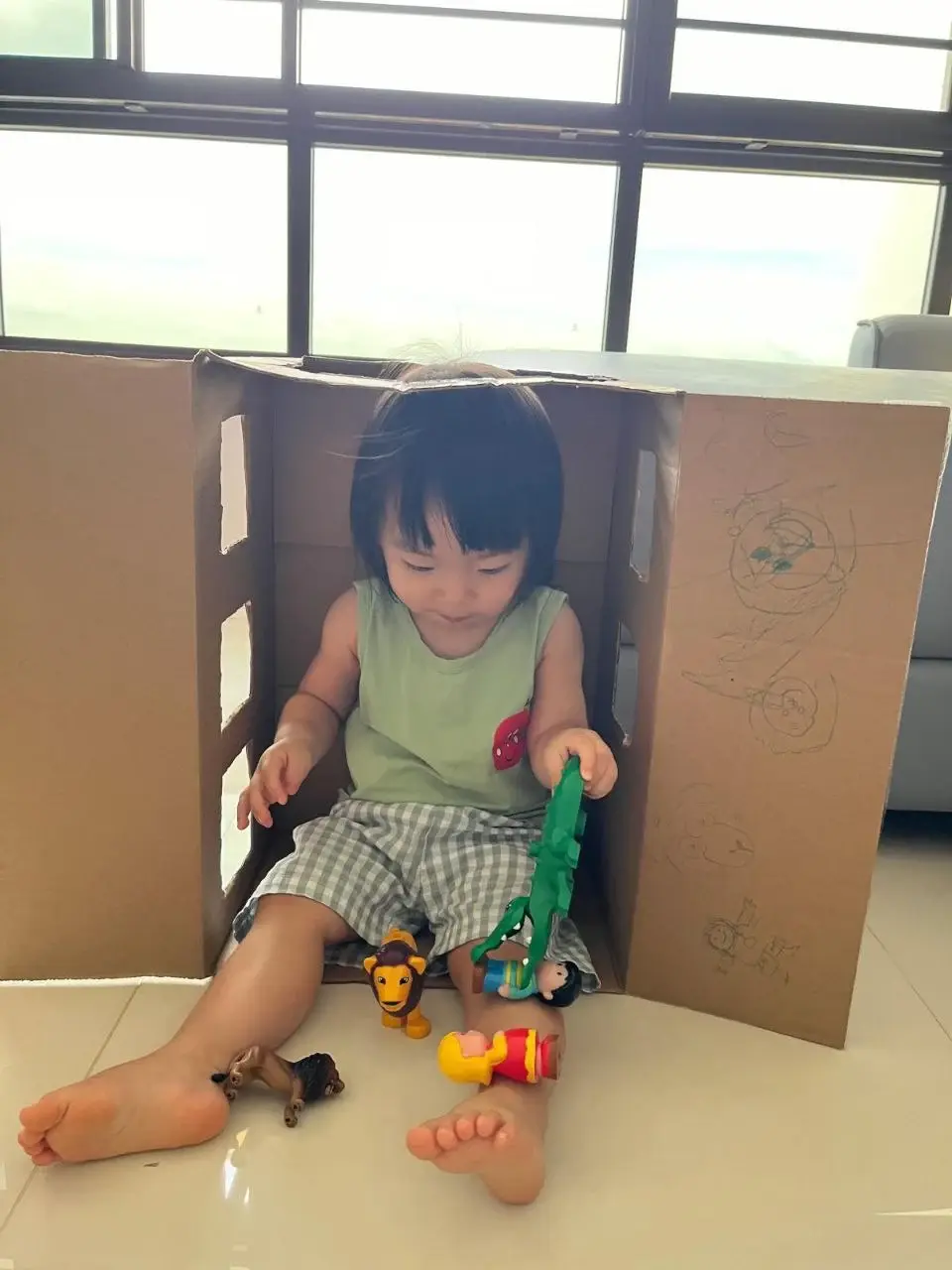How Long Does Speech Therapy Last?
- Melissa Ong

- Jul 5
- 3 min read
Updated: Nov 7
One of the most common questions parents ask when their child begins speech therapy is, “How long will my child need therapy?” The truth is, there’s no one-size-fits-all answer.
The duration of speech therapy can vary widely depending on several factors, including the type and severity of the speech or language issue, the child’s motivation, how involved parents are in the process, and how frequently sessions are held.
Understanding what affects the length of therapy can help set realistic expectations and empower families to support their child’s progress every step of the way.
Type and Severity of the Condition
The nature and severity of the child’s communication difficulty largely determine how long therapy may be needed. For instance, a child with a mild articulation delay, such as difficulty producing one or two sounds, might only need therapy for a few months. With consistent practice and guidance, these children often make steady progress in a relatively short time.
In contrast, children with multiple or more complex challenges, such as a combination of speech and language disorders, may require a longer course of therapy. Similarly, children with underlying conditions like autism, Down syndrome, global developmental delay, developmental language disorder, or hearing loss may benefit from ongoing support that evolves with their needs over time.
Child’s Motivation
A child’s motivation and engagement during therapy also play a key role in how quickly progress is made. Children who are eager to learn, actively participate in sessions, and practise what they have learned outside of therapy often show faster improvement.

For example, a child who pays attention during sessions, enjoys the activities, and practices consistently at home is likely to progress more quickly. On the other hand, a child who is less motivated or more hesitant may take longer and benefit from a more tailored, supportive approach to build confidence and interest.
Parent Involvement at Home
One of the most powerful, and often underestimated, factors in determining how long therapy lasts is parent involvement. When parents take an active role in their child’s speech and language development, therapy becomes significantly more effective.

This can include repeating sounds, encouraging language-rich conversations, modelling correct speech, and engaging in play-based activities that reinforce skills taught in therapy. Children thrive on repetition and routine, so practising communication goals in everyday moments, like during meals, playtime, or storytime, can help reinforce learning and accelerate progress far beyond what can be achieved in sessions alone.
Frequency of Therapy Sessions
Lastly, the frequency and intensity of therapy sessions impact how long therapy may last. A child who attends therapy weekly is likely to make more consistent progress compared to one who attends only once a month. Longer breaks between sessions may slow progress, as they reduce the opportunity for regular practice and feedback.
Frequent sessions provide continuity, timely adjustments to goals, and sustained momentum in the child’s development. Whether therapy takes place in a clinic, school, or home setting, consistency is key—missed sessions or long gaps can disrupt the child’s learning and set back progress.
Every Child Is Unique: A Personalised Journey
Ultimately, the length of speech therapy varies for every child. Some may need just a few months of support, while others may require ongoing therapy over a longer period. What matters most is that each child receives support tailored to their individual strengths, needs, and pace of development.
If your child is beginning speech therapy, speak with your speech-language therapist about specific goals and how you can support progress at home. With motivation, consistent practice, and strong collaboration between parents, teachers, and therapists, children can make meaningful strides in their communication skills at a pace that’s right for them.
.png)






Comments